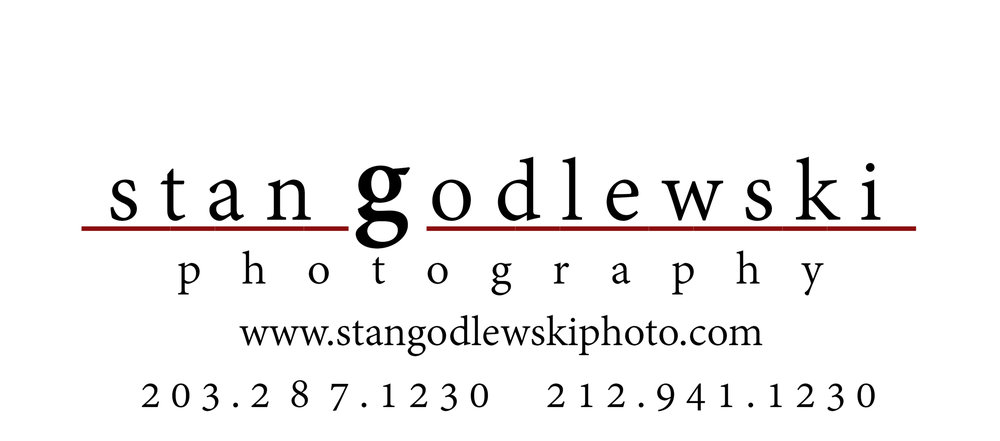Is it me? Or does it seem photographers, particularly in newspapers, don’t light photos the way we used to when film made more demands of us.
Back in the analog days, when a good weather shot could include a brontosaurus, there wasn’t much choice. You lugged a case big enough to hold your editor’s body to a shoot, loaded your camera with Ektachrome or Sensia, and pulled out a set of Dyna-Lites, Monolites, Comets, or whatever you had that could light the place up.
If it was really important you’d shoot a Polaroid or two to make sure the light was good, and away you’d go. A couple of rolls later you’d pack everything up again, umbrellas or a light box, power pack, a scrim or a snoot, maybe some barn doors, and you were out of there.
Lately, even the most basic lighting often seems to be a lost art. Outside shots that could have benefitted form even a hint of fill don’t have it. Portraits are flat, interiors uneven.
There’s absolutely a place for photography that’s strictly available light. Sensitive news shoots, sports, courtroom assignments, funerals. But I don’t get this idea that shooting digital equals a license to shoot available.
I understand why some photographers do it, especially the younger ones. They never had to shoot transparency film, where being off a stop was real trouble and not lighting at all could mean the photo looked like you made it in a fish tank. But I don’t understand why photo editors tolerate it. Especially today.
Lights are smaller, smarter and more powerful than ever. You can boost or cut a background fill with the spin of a dial and never even have to look up. And yet I’ll go through the paper on Sunday and see stuff that obviously had no lighting at all.
I’m not saying this is epidemic, there are plenty of interesting, well-lit images out there. But I remember photo editors telling me on the phone or as I headed-out the door, “Light it! It’s a feature!” You were a pro, knowing the basics was a given, and really working the composition and the lighting was expected. Two lights were the absolute minimum, preferably three.
That doesn’t seem to be the case anymore, and I don’t know why. Maybe that’s the look photo editors want, something raw and “honest.” Or perhaps it’s just become more normal, or even fashionable, and I’m not fashionable anymore.
But I do know that people know a good photo when they see one, even if they aren’t sure exactly why. And very often, the “why” is the lighting.
Portrait of a Carthusian, 1446 by Petrus Christus Netherlandish, at the Met
I love the Hollywood lighting of the 1930’s and ‘40’s, and sometimes I’ll use just the modeling lights on my DynaLites because I like that feel so much. Granted, I’m not going to my next CEO shoot, sticking a fedora on his head and a lit cigarette in his hand and light him like he’s Humphrey Bogart, sweetheart. But I can do something to remind people why they hire a pro, why having Donny in receiving do the shot with his cell-phone or Canon Rebel just isn’t the best idea.
In the end though, how expensive the equipment is won’t make the difference, how much time is spent or how many digital captures are made, or how many assistants come along won’t matter much either.
Whether it was Petrus Christus in 1446 (right) or George Hurrell in 1938 (at top), it’s the awareness of and management of light that makes an image special. And that’s something that won’t change, no matter how pixels we’re packin’.
Bring a little bit of Christus and Hurrell along next time, they were pretty good.


